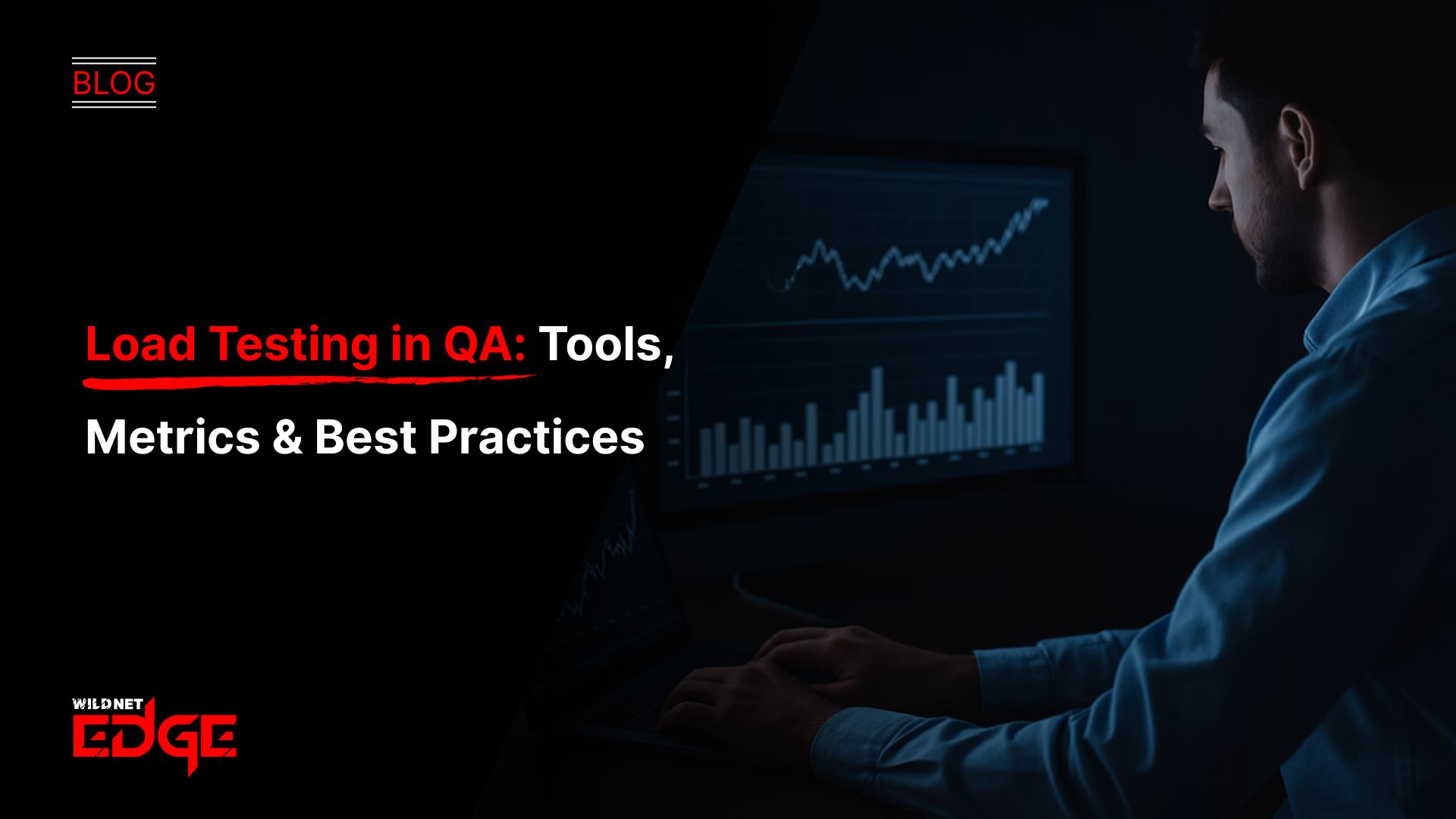In the world of business, the competition between small and medium-sized businesses (SMBs) and large enterprises has often been portrayed as a David vs. Goliath story. Enterprises, with their vast resources, massive IT budgets, and dedicated technology teams, have historically had exclusive access to the most powerful software tools, giving them a significant competitive advantage. For decades, SMBs were left to make do with spreadsheets, disparate desktop applications, and manual processes. But the technological landscape has shifted dramatically. Today, SMBs have a powerful slingshot that levels the playing field: Software-as-a-Service (SaaS).
The rise of SaaS for SMBs is arguably one of the most democratizing forces in modern business. It has broken down the financial and technical barriers that once protected large corporations, giving agile, innovative small businesses the tools they need to not only compete but to thrive and even outperform their larger rivals. This guide will explore exactly how the SaaS model empowers SMBs, the key benefits it delivers, and how to strategically leverage it for sustainable growth.
What is SaaS for SMBs?
SaaS, or Software-as-a-Service, is a software delivery model where a third-party provider hosts an application and makes it available to customers over the internet on a subscription basis. In simple terms, instead of buying a piece of software, installing it on your own servers, and being responsible for its maintenance, you are effectively “renting” access to it through the cloud.
For small and medium-sized businesses, this model is a game-changer. It means that the same enterprise-grade software for customer relationship management (CRM), enterprise resource planning (ERP), marketing automation, and human resources that used to cost millions in upfront licensing and infrastructure is now accessible for a predictable and affordable monthly or annual fee. This approach to providing small business SaaS removes the immense burden of IT infrastructure management and allows SMBs to focus on their core business operations.
Relevance in 2025: The Age of the Agile Underdog
The modern economy increasingly favors agility, speed, and a superior customer experience over sheer size and market dominance. This is the new paradigm in which SMBs can excel, and SaaS is the perfect technological model to support this agility. In 2025, the ability to pivot quickly, adopt new technologies without friction, and scale operations on demand is critical.
Traditional on-premise software is inherently rigid. A massive upgrade project could take months or even years, by which time the market has already moved on. SaaS, on the other hand, is fluid. Updates are pushed out automatically and continuously by the provider, ensuring that businesses always have access to the latest features and security patches. This allows SMBs to stay on the cutting edge of technology and innovation without the need for a massive internal IT department, creating a fertile ground for rapid SaaS growth.
How Small Business SaaS Levels the Playing Field
The strategic advantages that SaaS provides to SMBs are profound. It dismantles the traditional barriers to entry and equips smaller companies with the firepower they need to compete head-on with established market leaders.
Access to Enterprise-Grade Technology
This is the great equalizer. In the past, powerful CRM platforms like Salesforce or sophisticated marketing automation tools were exclusively the domain of large enterprises. Today, thanks to the SaaS model, a five-person startup can use the very same tools as a Fortune 500 company. This access to best-in-class technology allows SMBs to professionalize their operations, deliver a superior customer experience, and make data-driven decisions with a level of sophistication that was previously unimaginable.
Drastically Lower Upfront Costs
For an SMB, cash flow is everything. The traditional software model, with its massive upfront licensing fees, server hardware costs, and expensive implementation projects, was simply a non-starter for most small businesses. The subscription model of small business SaaS completely changes this financial equation.
| Feature | Traditional On-Premise Software | Small Business SaaS |
| Initial Cost | Extremely High (Licenses, servers, installation) | Low (Predictable monthly/annual subscription) |
| Infrastructure | Requires dedicated servers & IT staff | Managed entirely by the SaaS provider |
| Maintenance | Handled in-house, costly and time-consuming | Included in the subscription fee |
| Updates | Manual, complex, and often require paid upgrades | Automatic, seamless, and included |
This table clearly illustrates the shift from a high-capital-expenditure model to a manageable operational-expenditure model, which is perfectly suited to the financial realities of an SMB.
Unmatched Scalability and Flexibility
A core challenge for any small business is planning for growth. How do you invest in technology when you don’t know if you’ll have 10 employees or 100 in two years? SaaS solves this problem with its inherent scalability. The “pay-as-you-grow” model means you can start with a small plan that fits your current needs and budget, and then seamlessly scale up your subscription as your business expands. This elasticity is built upon powerful and professionally managed Cloud Infrastructure Services, ensuring the platform can handle your growth without any performance degradation. This ability to scale on demand is a critical enabler of sustainable SaaS growth.
Enhanced Security and Compliance
There is a common but outdated myth that keeping your data on-premise is more secure. For most SMBs, the opposite is true. Reputable SaaS providers invest millions of dollars in their security infrastructure and employ teams of dedicated, world-class security experts. They can provide a level of security, data redundancy, and compliance certification (like SOC 2 or ISO 27001) that the vast majority of small businesses could never hope to afford or manage on their own. By using a trusted SaaS provider, you are effectively outsourcing your security to a team of specialists.
How to Choose the Right SaaS for Your Small Business
The market for small business SaaS is vast and can be overwhelming. To build an effective technology stack, it’s important to be strategic in your selections.
First, focus on integration. The true power of SaaS is realized when your different tools can communicate with each other. Your CRM should talk to your marketing automation platform, which should talk to your customer support software. Choosing applications with robust, open APIs is crucial for creating a unified and automated tech stack.
Second, prioritize the user experience (UX). A powerful tool is useless if your team finds it too complex or frustrating to use. Before committing to a long-term subscription, take advantage of free trials to ensure the software is intuitive and a good fit for your team’s workflow.
Finally, understand that while SaaS is powerful, it is not always a perfect fit for every unique business process. There comes a time in the lifecycle of many businesses when their needs are so specific that no off-the-shelf product will do. At this point, investing in custom Software Development Solutions becomes the next logical step to building a true competitive moat. For many, this takes the form of building their own unique platform, often with the help of a SaaS Development Company.
Conclusion
The rise of SaaS for SMBs has fundamentally rewritten the rules of business competition. Access to powerful, scalable, and affordable technology is no longer a privilege reserved for the enterprise. It is a democratized resource available to any agile and forward-thinking business, regardless of its size. By leveraging the SaaS model, SMBs can not only level the playing field but can use their inherent agility to outmaneuver their larger, more cumbersome competitors.
At Wildnet Edge, we believe the next great leap for SMBs lies in moving from being consumers of SaaS to creators of it. Our AI-first approach helps ambitious businesses build their own custom, intelligent SaaS platforms. This allows you to create a solution that is not just tailored to your unique workflow, but is also powered by proprietary AI models that can automate your specific processes, provide predictive insights from your unique data, and deliver a customer experience that no enterprise competitor can replicate. This is the ultimate path to defensible, long-term SaaS growth—not just using the tools, but building the intelligent tools of the future.
FAQs
The main advantage is the combination of low upfront costs and access to enterprise-grade technology. The subscription model makes powerful software financially accessible, while the cloud-based delivery removes the burden and expense of managing IT infrastructure.
For most SMBs, data is significantly more secure in a reputable SaaS application than it would be on an in-house server. Major SaaS providers have dedicated, world-class security teams and certifications that far exceed what a typical small business can implement on its own.
SaaS is built for growth. The “pay-as-you-go” model allows you to start with an affordable plan and seamlessly scale your subscription as your team and customer base expand. This elasticity, known as SaaS growth, means your software can grow with you without requiring costly and disruptive upgrade projects.
Yes, and you should. Most modern SaaS applications are designed with integration in mind and have open APIs. Creating a connected ecosystem where your different tools can share data is crucial for automating workflows and creating a single source of truth for your business data.
You should consider building custom software when your business processes are so unique and central to your competitive advantage that no off-the-shelf SaaS product can adequately support them. If you find yourself constantly fighting against the limitations of your generic software, it may be time to invest in a tailored solution.

Nitin Agarwal is a veteran in custom software development. He is fascinated by how software can turn ideas into real-world solutions. With extensive experience designing scalable and efficient systems, he focuses on creating software that delivers tangible results. Nitin enjoys exploring emerging technologies, taking on challenging projects, and mentoring teams to bring ideas to life. He believes that good software is not just about code; it’s about understanding problems and creating value for users. For him, great software combines thoughtful design, clever engineering, and a clear understanding of the problems it’s meant to solve.
 sales@wildnetedge.com
sales@wildnetedge.com +1 (212) 901 8616
+1 (212) 901 8616 +1 (437) 225-7733
+1 (437) 225-7733































